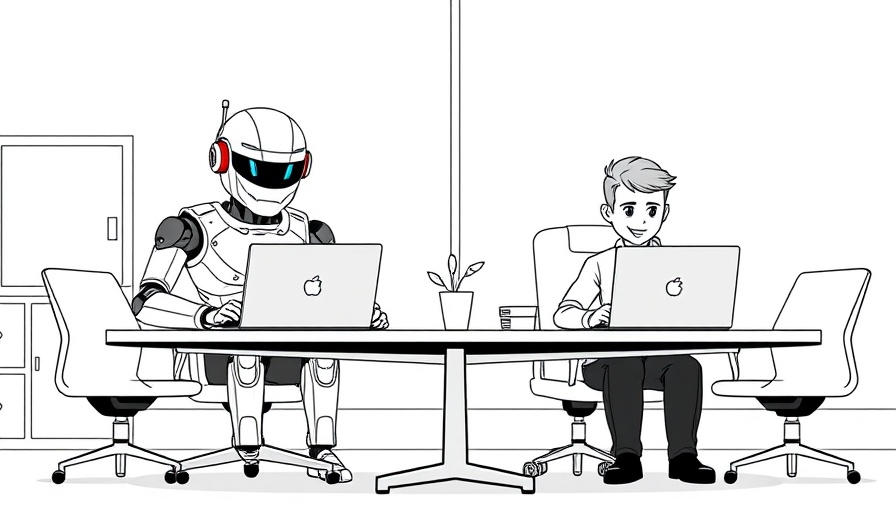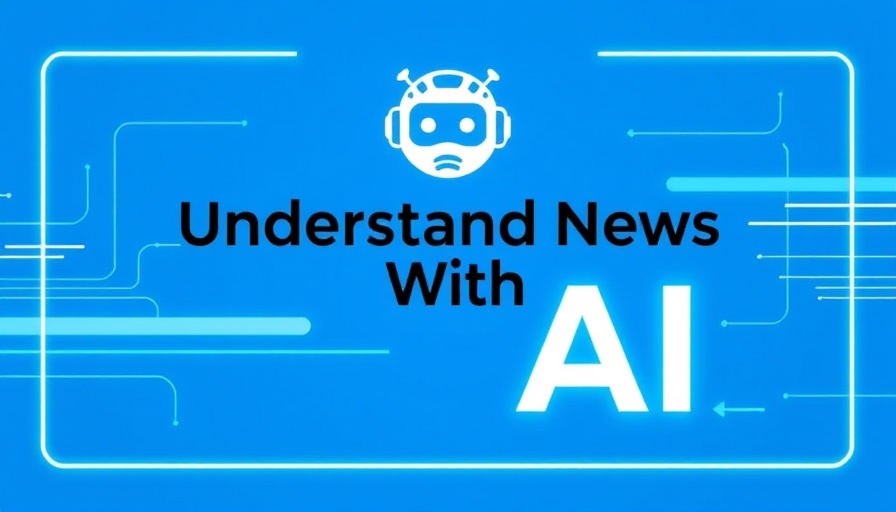
The Anxiety of AI: Job Cuts vs. Job Evolution in Public Relations
In an era dominated by rapid technological advancements, the question isn’t just whether AI will affect job security in public relations (PR) but how it will reshape the landscape of the industry. With developments in artificial intelligence leading to fears of job cuts—particularly within a sector known for its human creativity and communication—professionals are left pondering the future of their careers.
A Complex Reality Behind the AI Hype
Reports have surfaced indicating potential job losses due to AI, prompting many to ask if the PR industry is on the brink of widespread redundancies. However, the truth is more nuanced. While AI tools, such as automation programs and data analytics platforms, indeed threaten to replace certain tasks traditionally performed by PR professionals, they are also expected to augment and refine the work of these creatives rather than eliminate them entirely.
Historical Context: How Technology Transformed PR
Technology has always played a dual role in PR. The introduction of the internet transformed how information is disseminated and consumed, paving the way for social media’s rise. Similarly, AI's integration into PR processes is likely to enhance efficiency and effectiveness. For instance, AI can analyze vast amounts of data to gauge consumer sentiment, allowing PR professionals to craft more targeted strategies.
The Human Touch: What AI Can’t Replace
While AI algorithms can assist with data-driven tasks, they cannot replicate the emotional intelligence and creativity inherent in PR roles. PR thrives on storytelling, relationship management, and personalized communication—areas where human touch remains irreplaceable. Consider the profound impact of authentic narrative-building and community engagement, which AI is far from mastering. The ability to empathize, rally support, and foster community ties is intrinsic to PR, and AI can serve as a supportive tool in this process but not a substitute.
Future Predictions: Embracing Change in PR
The future of PR may very well involve a harmonious blend of human and machine. AI can take over mundane tasks—like media monitoring and compiling reports—freeing up talent to focus on high-level strategy and creativity. Therefore, the question isn’t solely about job loss; rather, it presents an opportunity for PR practitioners to upskill and adapt to a new reality where AI complements their efforts.
Counterarguments: The Skepticism Surrounding AI Integration
Though many believe AI will enhance the PR industry, skeptics argue that the fear of job loss is valid. Industries across the board have seen layoffs in response to technological changes, raising legitimate concerns that AI is simply another wave in an ocean of job insecurity. As companies strive for greater efficiency and lower costs, the temptation to replace human workers with AI tools can be strong. However, this perspective may overlook the potential for collaboration between humans and AI systems.
Community Sentiment: Voices from the Industry
As PR professionals navigate this uncertain landscape, many are actively involved in discussions about AI's role in their industry. Grassroots meetups and community forums have emerged, allowing PR specialists to share experiences, foster connections, and shape a collective response to these technological advancements. The most common sentiment? A desire to embrace this change while safeguarding the core human elements of their work.
Actionable Insights: Preparing for an AI-Enhanced Future
PR professionals should consider upskilling in areas related to technology and AI to stay ahead of the curve. Workshops focusing on AI tools, data analytics, and digital storytelling can enhance capabilities and keep teams competitive. Furthermore, engaging in conversations about the ethical implications of AI can prepare PR practitioners to navigate potential challenges with foresight.
In conclusion, while the threat of AI-driven job cuts looms over the PR industry, the reality is one of transformation rather than complete disruption. By adapting to and embracing these changes, PR professionals can ensure their roles evolve alongside technological advancements, fostering more innovative and resilient practices.
As we look towards the horizon, it’s essential to understand that our human skills remain vital. Thus, PR practitioners should continue fostering the connections and narratives that only they can create.
 Add Row
Add Row  Add
Add 




Write A Comment